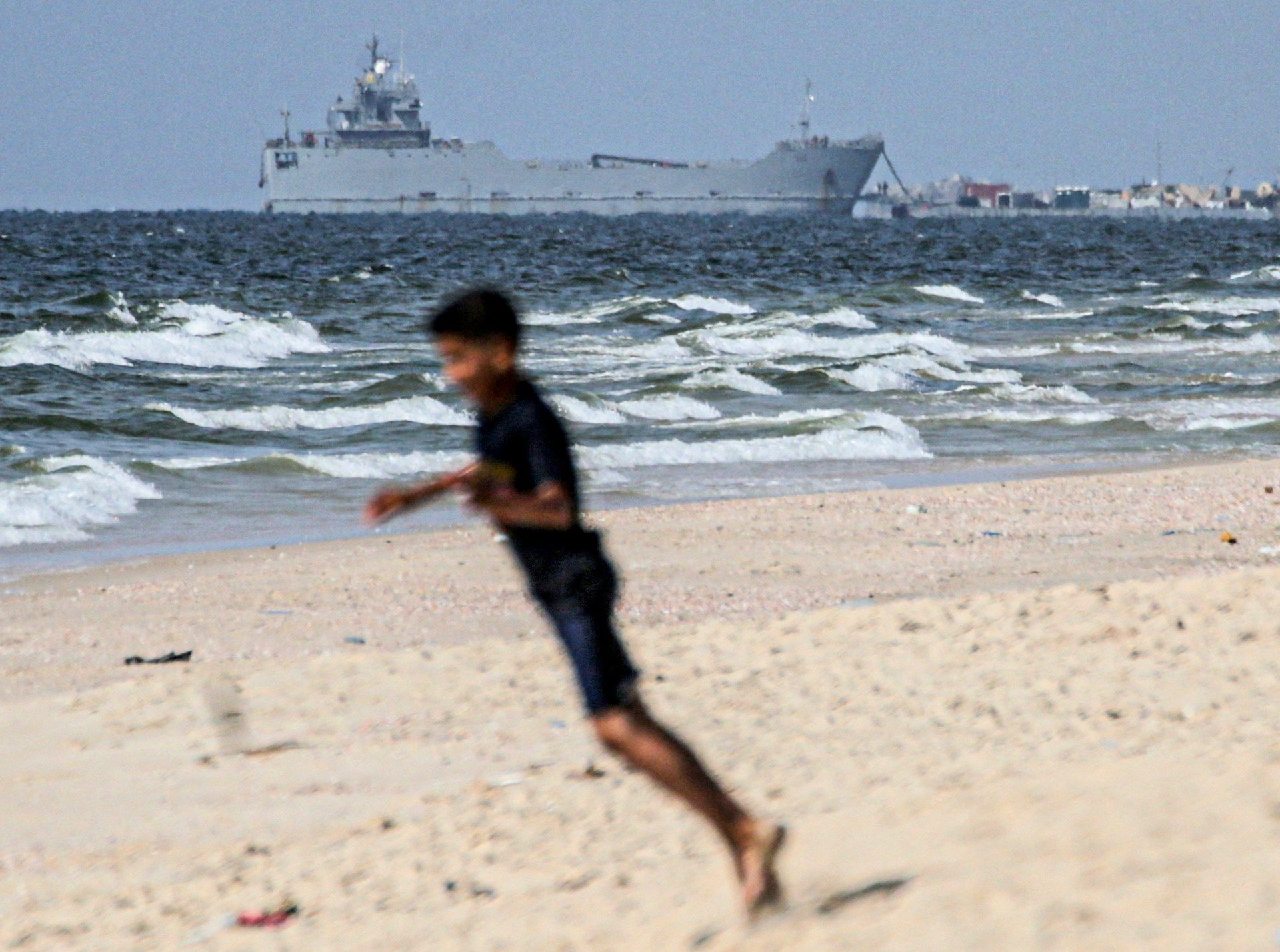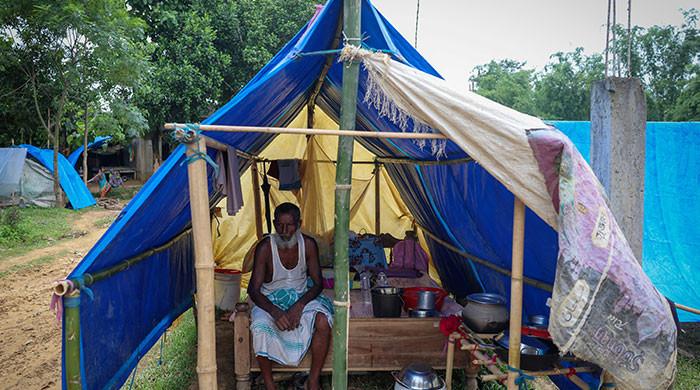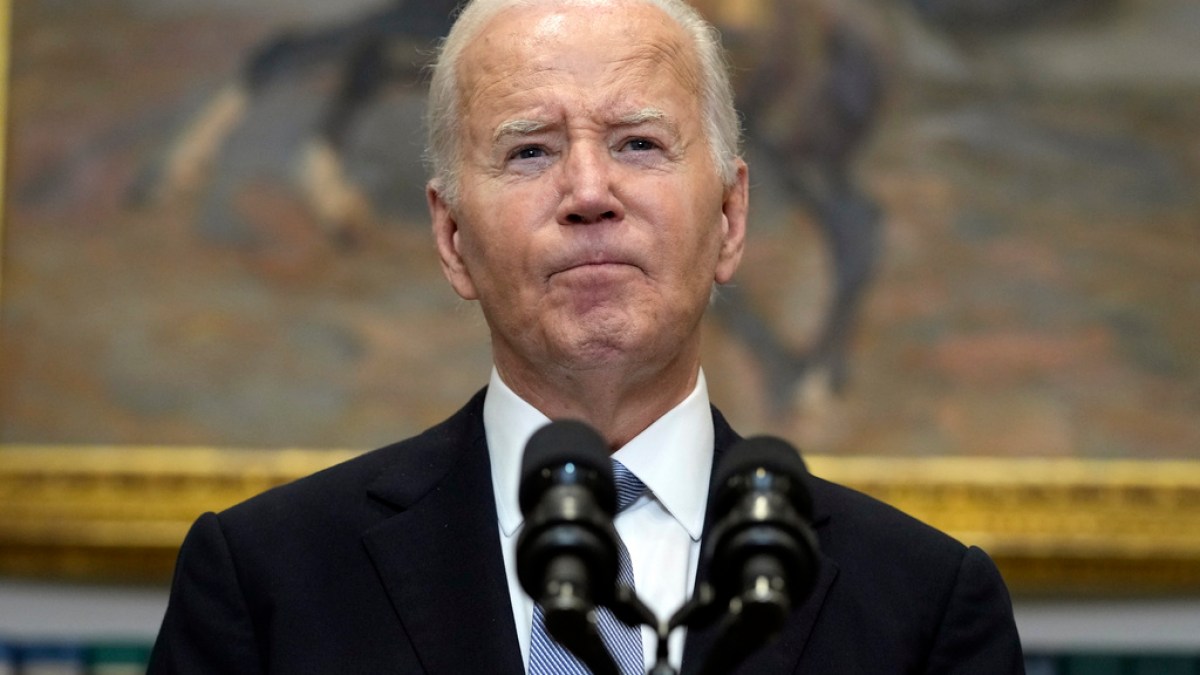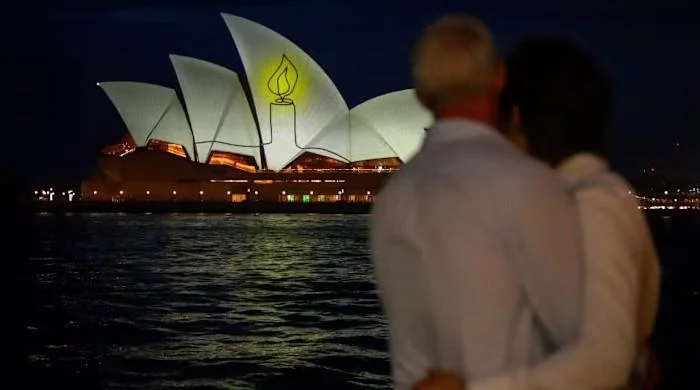CENTCOM said four vessels had broken free from their moorings, but the dock was still operational.
Waves have swept away ships supporting the US-built dock set up to transfer aid to Gaza, US Central Command (CENTCOM) said.
In a statement on Saturday, CENTCOM said that during the transport of humanitarian aid, the US floating dock was disconnected from the small ship that was towing it and the vessels were freed from their moorings, leaving two of them anchored on the beach near the dock.
Part of the dock was later diverted toward the Israeli coast of Ashdod, while the third and fourth vessels ran aground on the Israeli coast near Ashkelon, CENTCOM added.
No injuries have been reported so far and efforts are underway to recover the ships with the help of the Israeli and US navies.
Reporting from Washington DC, Al Jazeera's Heidi Zhou-Castro said the Pentagon has stressed that the pier remains fully operational.
“They [the Department of Defense] “He emphasized that during this operation, no US personnel will enter Gaza,” he added.
Construction of the $320 million floating dock was completed in mid-May to provide aid to the Gaza Strip.
The dock has been criticized as a complicated and expensive alternative that attempts to divert attention from the demand for a much simpler solution: that Israel fully open all land crossings into Gaza and ensure the entry of aid trucks.
But in March, US President Joe Biden said in his State of the Union that the dock would “receive large shipments of food, water, medicine and temporary shelter,” a move largely seen as an attempt to appease his base. Democratic Party as he leads for re-election in November.
Meanwhile, on Friday, Stéphane Dujarric, spokesman for UN chief Antonio Guterres, said the World Food Program (WFP) has “taken possession of 97 trucks since the floating dock came into operation.”
“After a difficult start, the situation has stabilized,” Dujarric said.
“What we want to see, as we have been saying, is massive aid arriving via land routes,” he added.












